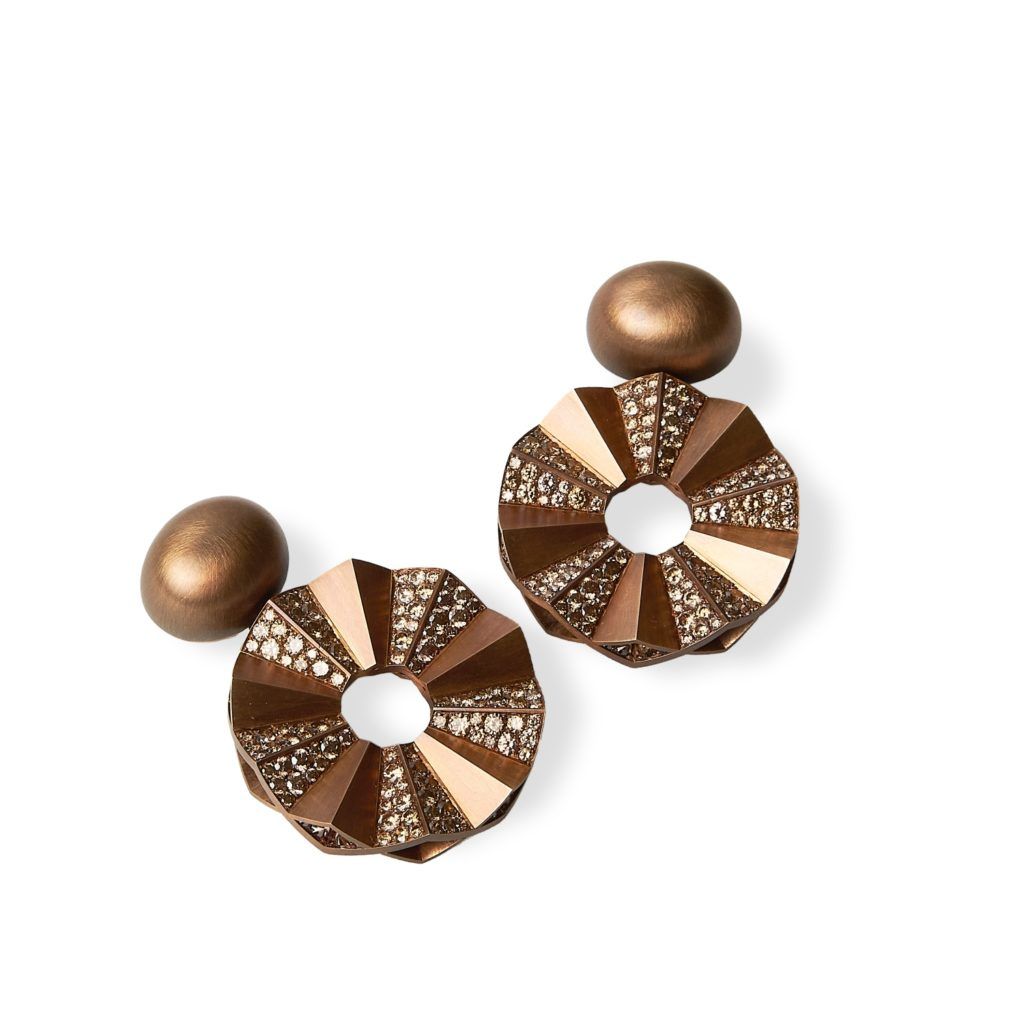
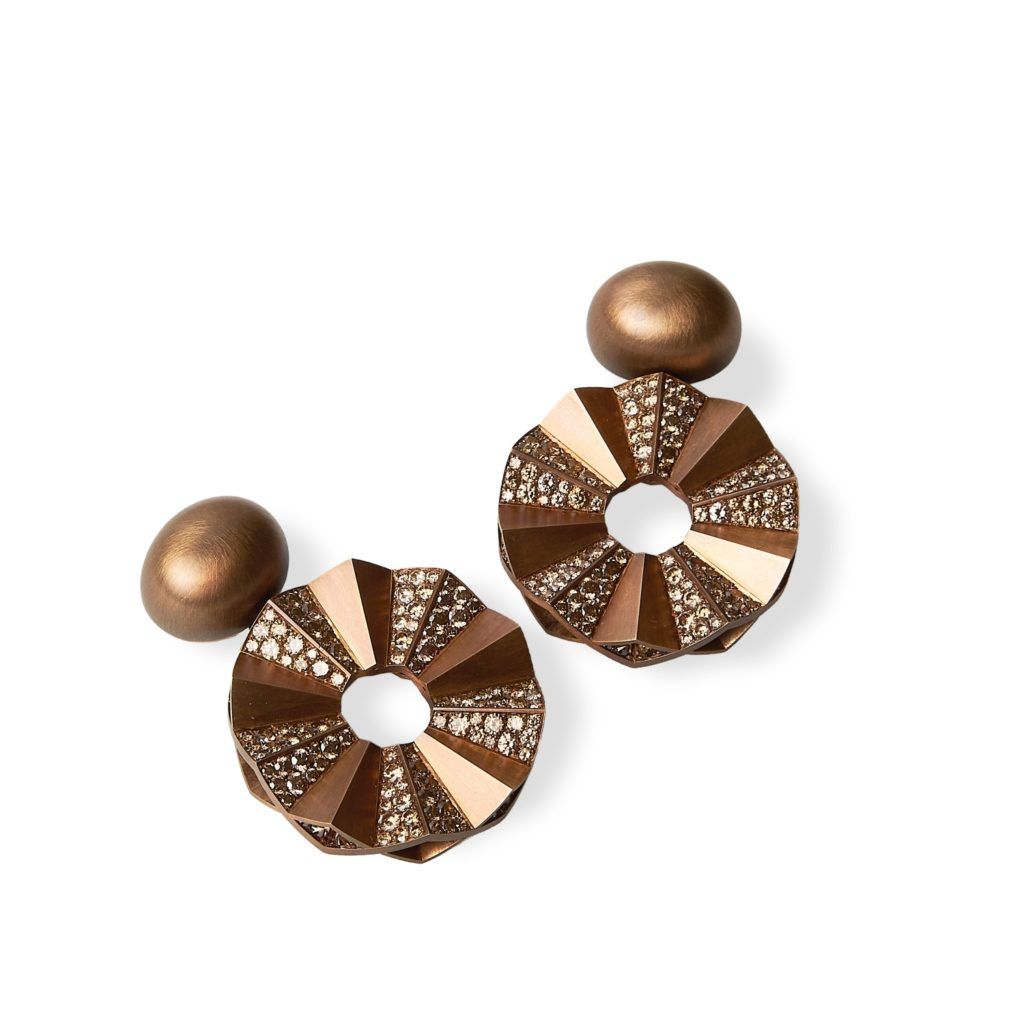
If you’ve not heard of Hemmerle, we’re here to rectify that. We sat down with Christian and Yasmin Hemmerle, who shared the story behind their family’s jewellery house.
Known for breathtakingly unconventional combinations of precious stones, and humble materials such as iron, copper, and wood, Family-run Munich jewellery Hemmerle specialises in one-of-a-kind designs. Christian and Yasmin Hemmerle talk about their quest of creating jewellery as original works of art, which combine ancient treasures with high levels of craftsmanship and quality.
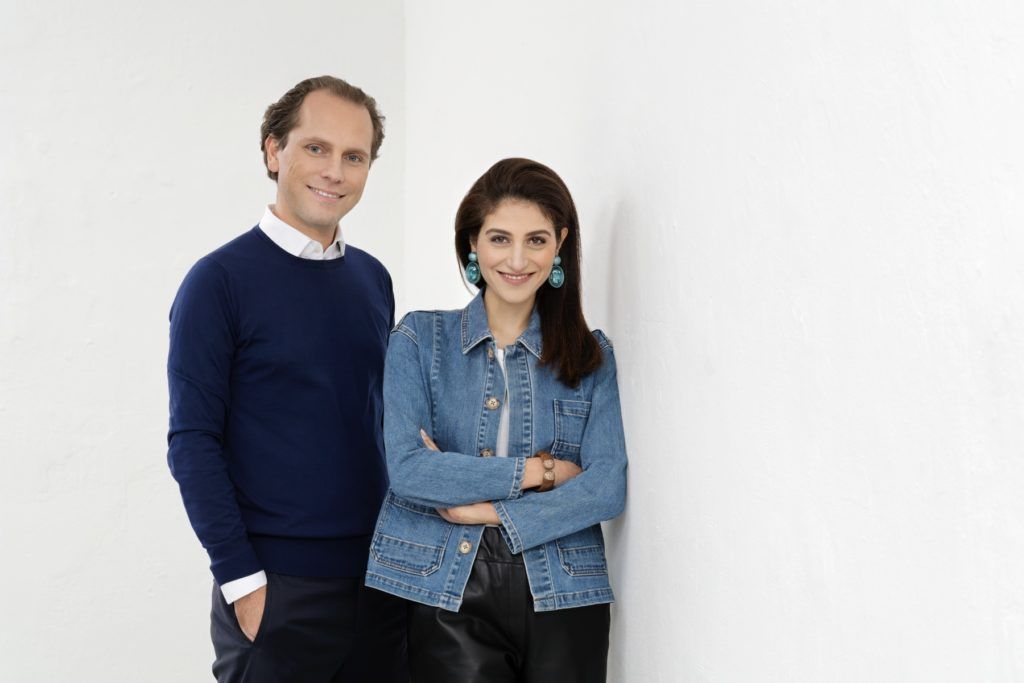
Tell us about the house’s first jewellery piece.
Christian: Being a fourth-generation family-run jewellery house it’s difficult to highlight one creation as the singularly first piece we have created. Our trajectory started in 1893 as jewellers for the Bavarian royal court and we have pivoted into the 21st century as creators of one-of-a-kind jewels that are defined by our own distinct aesthetic and drive for experimentation and innovation. The Hemmerle boutique on Maximillianstrasse originally opened in 1904.
In 1995 my father, Stefan Hemmerle, spearheaded a new direction for Hemmerle when he forged a unique, avant-garde aesthetic. Conceiving a ring for the wife of a prominent German art collector who “detested flashy gems”, he responded to her penchant for wearing prized Berlin iron jewellery (which Germans received in exchange for donating their gold and silver jewels toward funding the War of Liberation.) He set a diamond in textured iron rather than, predictably, in gold or platinum. The combination of a ‘common’ metal with a brilliant, precious stone was unusual, yet the iron band uniquely enhanced the diamond’s sparkling beauty resulting in a striking modernity that has heralded a new era in our creative vocabulary. Innovation experimentation and honouring our history as well as the craftsmanship and skills handed down from one generation to the other are all intrinsic components to our story today.
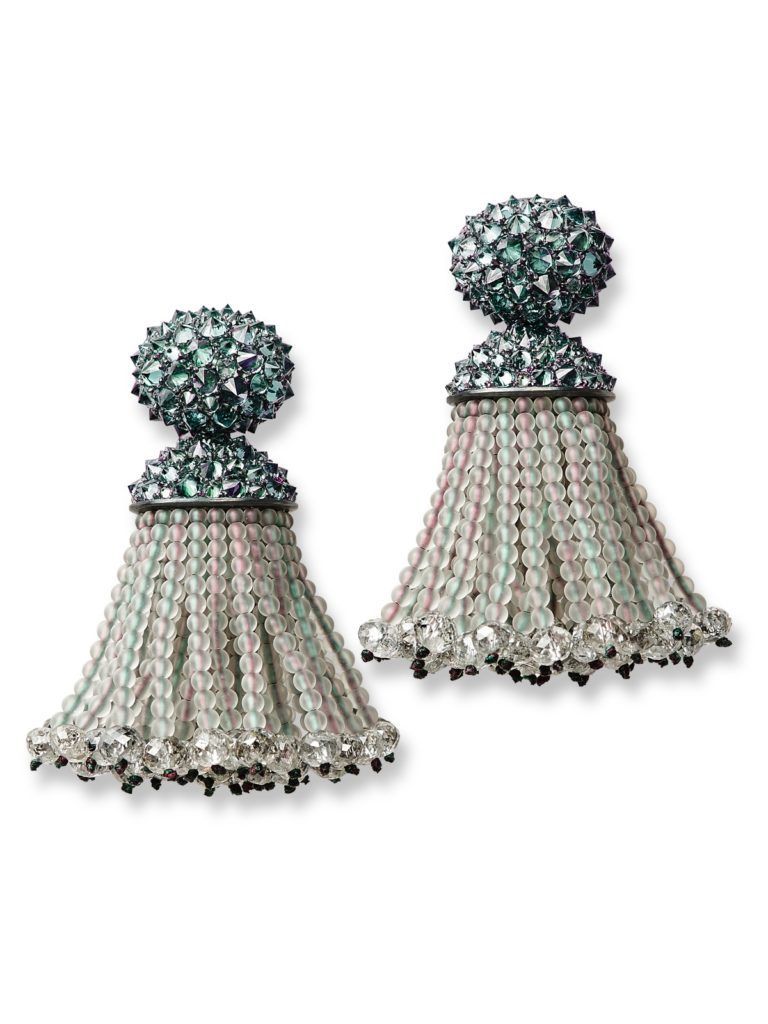
Where does Hemmerle’s distinct aesthetic come from?
C: Design can offer new visions and an understanding of beauty. Materials are our starting point and drive our creativity. Often we centre our creations around an artefact or a stone in an effort to develop the perfect home for it. We experiment with unconventional materials not just to be different but to develop an ideal and resolved creation that reflects our ethos. We have worked with unique materials for decades now including as you mention 17th – 19th-century micro-mosaics defined by the highest levels of craftsmanship historically achieved with 3,000 to 5,000 tesserae per square inch. Paired with aluminium that has been patinated to reflect the colour hues of blue evidenced in each provides for exactly the right balance between the contemporary element and the artefact that defines our aesthetic. Our aim with such material combinations is to complement each other in a perfect symbiosis, an exercise that in many instances requires us to research new elements within our visual vocabulary.
No two Hemmerle jewels are alike and no combination of materials is the same. We do however have signature styles such as the open-ended harmony bangle with its seamless closure, structural pieces with geometric lines and necklaces with chains knitted in the round of cut stones using an old Austrian technique, hung with a luxuriant tassel.
Our open-ended Harmony bangle can be found in the permanent collections of the Victoria & Albert Museum in London and the Smithsonian Cooper-Hewitt in New York.
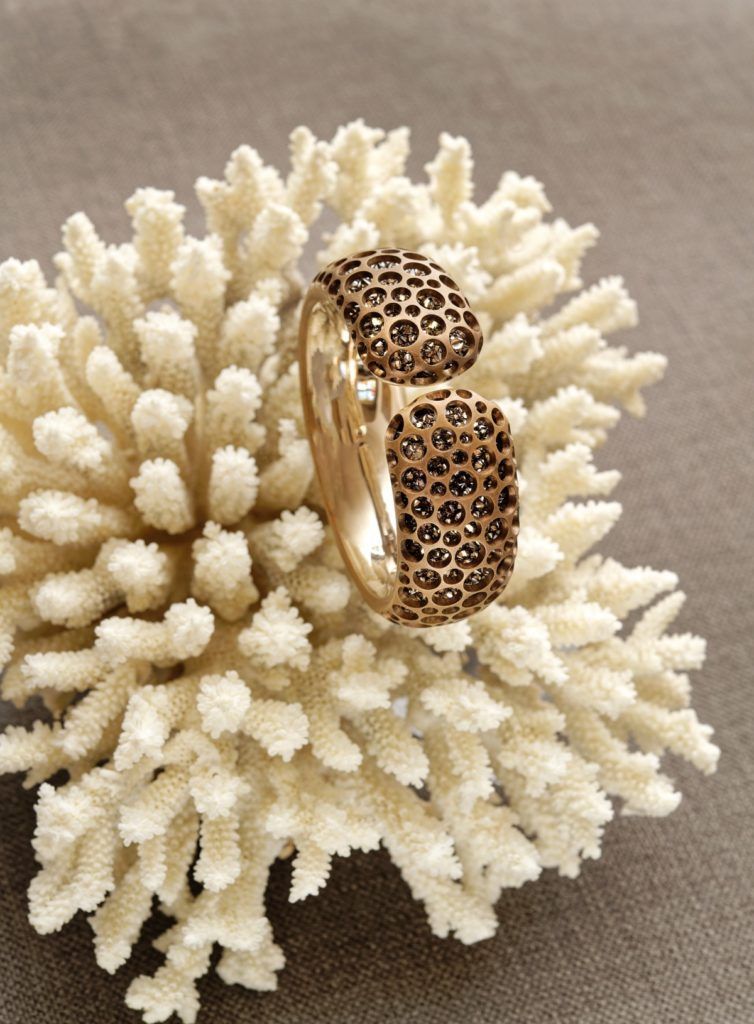
What’s something your father taught you about running a family jewellery business?
C: My father used to tell me not to analyse design too much, not to restrict myself to thinking that something can’t be done because there’s always a way. If a jewel looks harmonious and appealing then what should stop me from creating it?
Yasmin: My father-in-law had a tremendous impact on my appreciation of jewellery and design. Through his vision and guidance, I’ve learned to be even bolder with jewellery and not be afraid to take risks as well as think outside the box. He didn’t adhere to any norms or conventions, but focused on his creative process and pioneering output. We work very collaboratively — we’re all involved in the design aspect and think up creative ideas for pieces together. An advantage of being two generations is that our knowledge and experiences are slightly different; tradition and heritage combine with modernity and newness. We’re continually learning from one another.
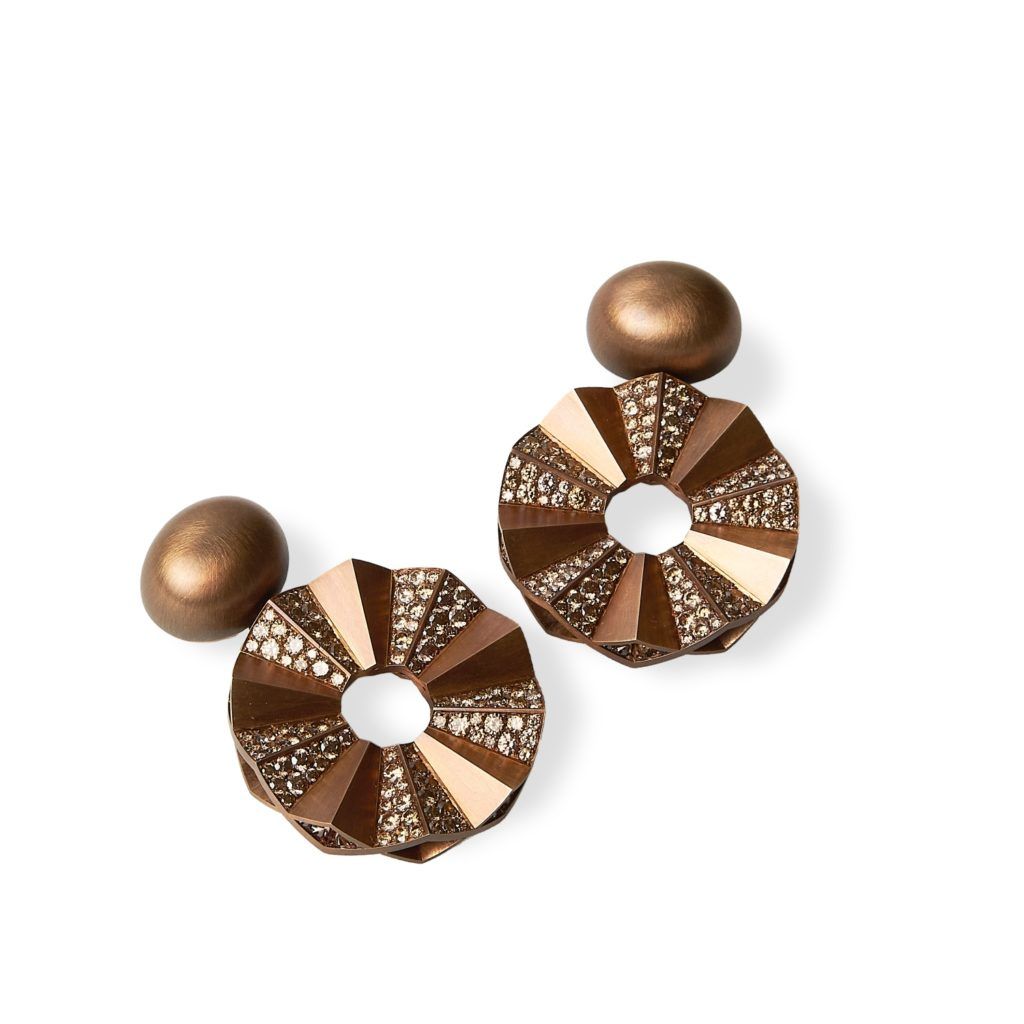
What are your core values and how do you see legacy, invention and innovation?
C: What I look for in a jewel is a clear aesthetic with bold contours and original settings that are part contemporary art, part museum acquisition and defined by difference — a hint of rebellion — imaginative, individual and cherished as everyday treasures. Here in Munich, at one of our museums there’s an inscription on the walls of a gallery filled with ancient Egyptian artefacts that states, “All art is contemporary.” This encapsulates all we aim to achieve in terms of our aesthetic and cultural legacy.
What are some of the most interesting techniques Hemmerle is known for?
Y: We believe an identifiable red thread in our design philosophy is instrumental and acts as a driving force to our creativity. We don’t have seasonal collections and the use of non-precious metals and materials isn’t tied to a specific period of time. Instead, it’s a common thread throughout all our unique creations. We search for special and unusual stones, sometimes waiting years to find the perfect match. Each piece is shaped through iterative sketches, then handcrafted in Hemmerle’s atelier, taking up to 500 hours to complete. We’re recognised for our innovative use of aluminium, rare material combinations and our unconventional approach to setting stones, such as with tension, as well as reverse-cut and our knitted beading technique.
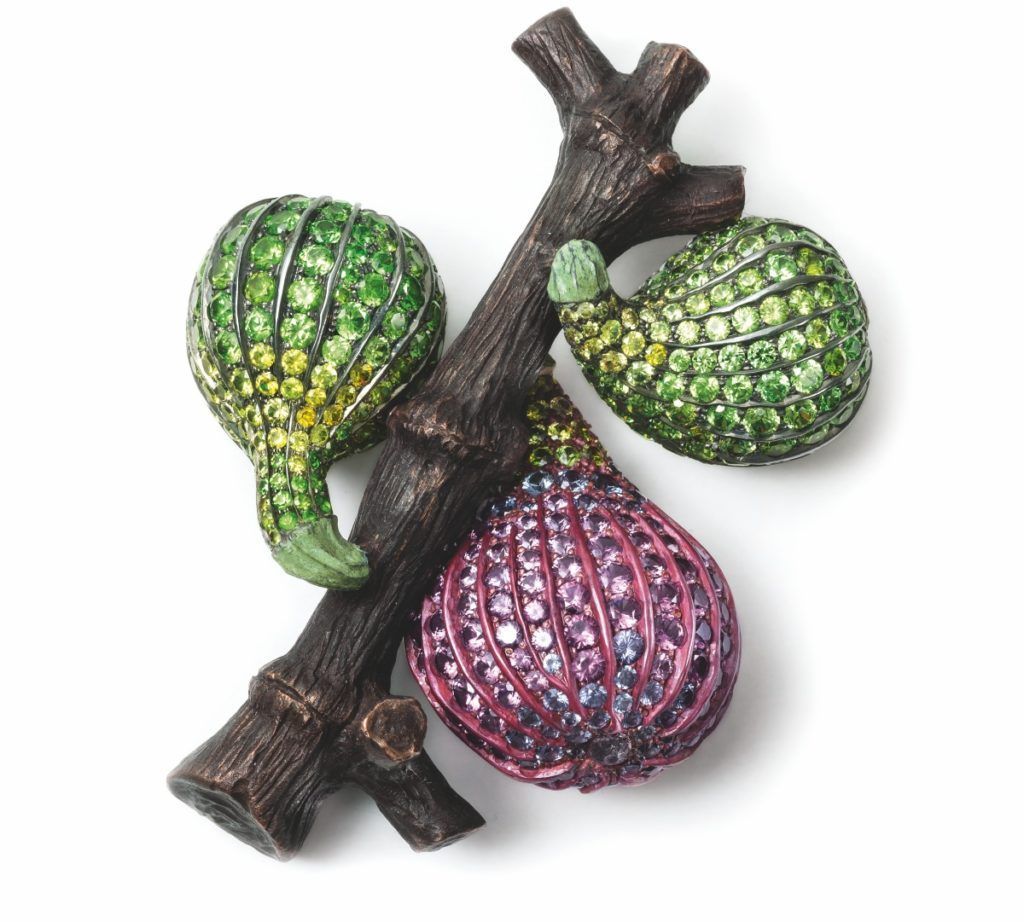
Tell us a bit about your previous collection. What were the highlights and what were some challenges you faced?
Y: With each of our special projects we tend to focus on a central idea that inspired us to innovate and push our limits and creativity even further. Such special projects only happen every 3-4 years and take a lot of research and refinement to reach the final completed perspective we then present to the world. We are thrilled to be presenting our next project in 2022 for the first time launching in Asia with special events in Hong Kong. By always looking forward, trying to push our creative boundaries, never resting on what we have achieved so far and trying to challenge ourselves as to what is feasible in jewellery.
Is jewellery a form of art?
Jewellery can most certainly be an art form to be enjoyed and worn every day. The juxtaposition of materials we use gives our jewellery a vivacity that lends a different edge and sometimes even makes it easier to wear. We are strong believers that jewellery should be worn and enjoyed rather than be hidden away in a safety deposit box.
It is interesting to evidence the growing interest for museums to exhibit jewellery in the context of art and design rather than just as part of decorative arts. Our work has further been recognised in museum exhibitions across Abu Dhabi, Atlanta, Chicago, Doha, Houston, London, Munich, Paris, Pforzheim, Sydney, Toronto, Tokyo and other cities.
To find out more about Hemmerle, visit hemmerle.com.
This story first appeared on Prestige Online Thailand.
The post How cult jewellery brand Hemmerle creates one-of-a-kind designs appeared first on Prestige Online – Singapore.

